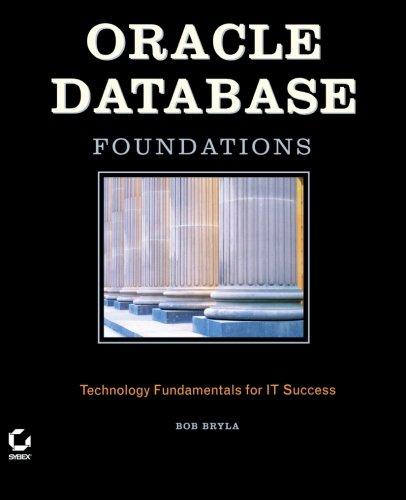Answered step by step
Verified Expert Solution
Question
1 Approved Answer
4. (10%) Consider the following program P in datalog. a(X,Y) par(X,Z), par(Z,Y,) b(X,Y) par(X,Z), par(Z,W), par(W,Y). If b(1,2) and a(0,1) are derived from P, determine

Step by Step Solution
There are 3 Steps involved in it
Step: 1

Get Instant Access to Expert-Tailored Solutions
See step-by-step solutions with expert insights and AI powered tools for academic success
Step: 2

Step: 3

Ace Your Homework with AI
Get the answers you need in no time with our AI-driven, step-by-step assistance
Get Started


